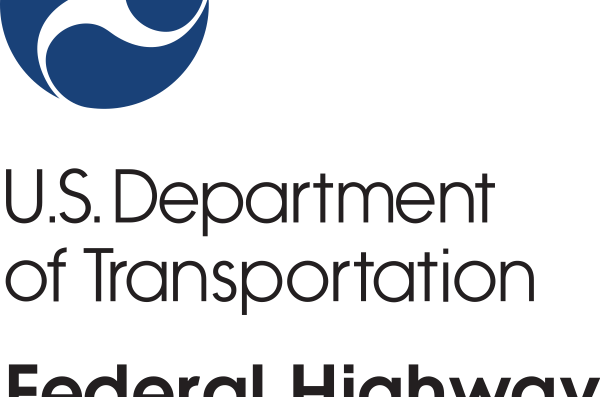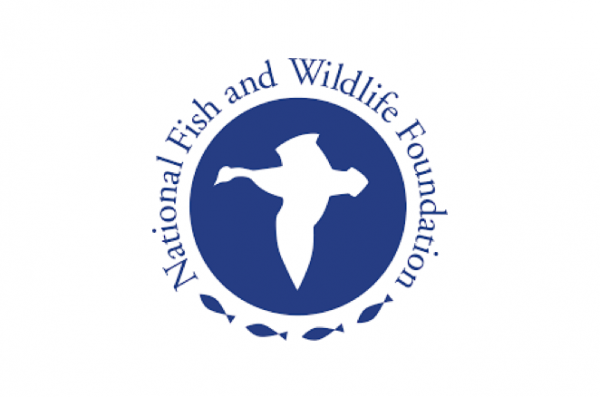The ERC is engaged in a number of ongoing coordination efforts focused on monarch conservation in the United States, namely the U.S. Geological Survey’s Powell Center Monarch Conservation Science Partnership and the Keystone Policy Center’s Monarch Collaborative. Specific research has focused on the development of geospatial tools and land use analyses that designate priority areas for monarch habitat and engaging the utility, transportation, and agricultural sectors in habitat restoration activities.
See more information about habitat mapping and land use analyses here.
See more information about the Rights-of-Way as Habitat Working Group here.
What are rights-of-way?
Rights-of-way is the term used to describe the lands immediately adjacent to, under, or above energy and transportation infrastructure. They include roadsides and corridors for railroads, electric transmission and distribution lines, and gas and petroleum pipelines. Rights-of-way serve a primarily operational purpose to support the safe and reliable transportation of people, energy, and other materials. The lands are either owned or under easement and are typically managed by professional vegetation managers or private landowners. However, beyond facilitating the movement of goods and services, rights-of-way can also provide valuable habitat for diverse wildlife.
Why is rights-of-way habitat important?
Rights-of-way connect the world around us, including creating pathways and havens for wildlife. As habitat resources around the world continue to diminish with increasing land development and intensifying land management practices, rights-of-way often contain greater plant diversity compared to adjacent or surrounding landscapes. In this way, rights-of-way can help to provide the food and shelter that so many of our beloved birds, butterflies, and other wildlife so desperately need.
Rights-of-way offer a unique opportunity to advance habitat conservation by creating a broad network of linear tracts that intersect a variety of landscapes, connect remnant habitats to other favorable environments, and are generally safe from major disturbances or future development.
Who we are
The Rights-of-Way as Habitat Working Group is a unique collaboration of professionals from across multiple sectors, including gas, electric, rail, and road industries. We are biologists, foresters, engineers, environmentalists, lawyers, educators, and other stakeholders interested in supporting habitat on rights-of-way and other working landscapes. We represent more than 200 organizations from across private industry, government agencies, non-profit organizations, and academia in the United States and Canada.
The Rights-of-Way as Habitat Working Group formed in 2015 after industry interest to create a forum to collaborate, share ideas, and identify best management practices for habitat conservation on working landscapes. The working group is hosted and facilitated by the Energy Resources Center at the University of Illinois at Chicago.
What do we do?
Our mission is to engage diverse stakeholders in a collaborative environment that promotes pollinator habitats and healthy ecosystems along rights-of-way by providing expertise, cost-effective best management practices, and industry-driven tools and resources.
We organize regular workshops and online webinars to educate, inspire collaboration, and leverage expertise and resources across sectors. The Rights-of-Way as Habitat Working Group provides a clearinghouse for habitat-related information, tools, news, and events to support our industry participants and other land managers in meeting their habitat conservation goals. We also engage in special projects, such as the creation of a geospatial habitat database and voluntary conservation agreements, and facilitate focused task forces to develop shared resources.
Monarch Joint Venture Welcomes ERC to Fuel Monarch Conservation
The ERC recently joined the Monarch Joint Venture, a national partnership of federal and state agencies, non-governmental organizations, and academic programs working together to conserve the monarch butterfly migration. See the full announcement here.



